
Ingredient
Caramel, hard
"The Sweet Delight: Exploring the World of Hard Caramel"
Hard caramel is made by heating sugar until it melts and caramelizes, resulting in a golden-brown, brittle texture. It has a distinct sweet aroma and a rich, deep flavor with notes of toffee and burnt sugar. Its appearance is glossy and translucent, and it shatters when bitten into, revealing a satisfying crunch. Hard caramel can be enjoyed on its own as a candy or used as a decorative element in desserts like crème brûlée, caramel apples, or as a topping for ice cream.
Origins and history
Caramel has a long history that dates back to ancient times. The process of caramelization was discovered by the ancient Egyptians, who used it to sweeten their food. Over time, caramel became popular in various cultures, with each region adding its own twist to the recipe. Today, caramel is enjoyed worldwide and is an integral part of many traditional desserts and candies.
Nutritional information
Hard caramel is high in calories and sugar, providing a quick source of energy. It contains trace amounts of minerals like calcium, iron, and potassium.
Allergens
Hard caramel may contain traces of milk or nuts, making it unsuitable for individuals with dairy or nut allergies.
How to select
When selecting hard caramel, look for pieces that are evenly colored and free from any cracks or discoloration. Opt for brands that use high-quality ingredients and have a reputation for producing delicious caramel.
Storage recommendations
To maintain the freshness and quality of hard caramel, store it in an airtight container in a cool, dry place away from moisture. Avoid exposing it to direct sunlight or extreme temperatures, as it can cause the caramel to become sticky or lose its crunch.
How to produce
Hard caramel can be made at home by heating sugar in a saucepan until it melts and turns golden brown. It requires careful attention and constant stirring to prevent burning. Once the desired color is achieved, the caramel is poured onto a greased surface or into molds to cool and harden.
Preparation tips
When working with hard caramel, it is important to exercise caution as it becomes extremely hot during the melting process. Use a heavy-bottomed saucepan and a candy thermometer to ensure precise temperature control. To prevent the caramel from sticking to utensils or surfaces, lightly grease them with cooking spray or oil. If the caramel hardens before you can use it, gently reheat it over low heat until it becomes pliable again.
Culinary uses
Hard caramel is commonly used as a decorative element in desserts, such as garnishing cakes, pastries, or custards. It can also be crushed and used as a topping for ice cream or incorporated into homemade candies and chocolates.
Availability
Hard caramel is widely available in grocery stores, specialty confectionery shops, and online retailers.
More ingredients from this category
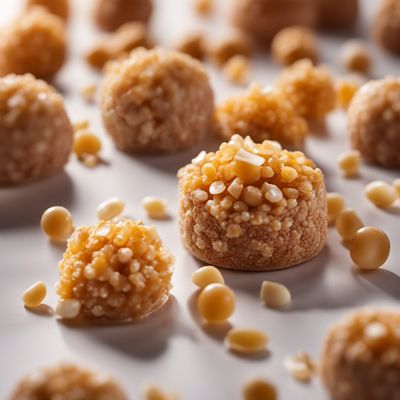
Fudge
Decadent Delight: Unveiling the World of Fudge
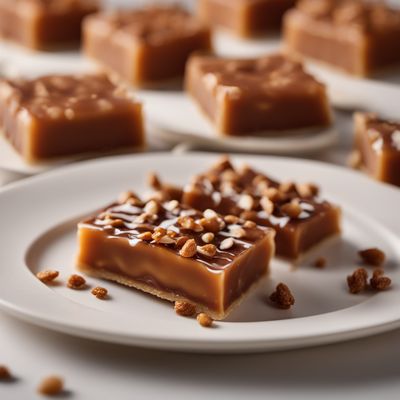
Toffee
The Irresistible Sweetness of Toffee
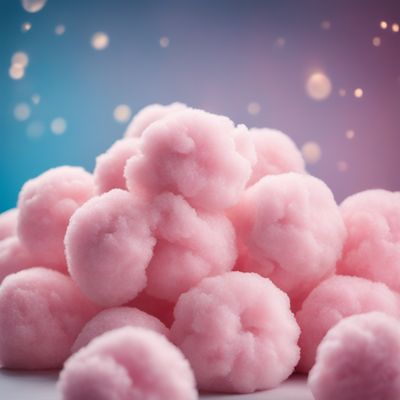
Sugar cotton
"The Sweet Delight: Exploring the World of Sugar Cotton"
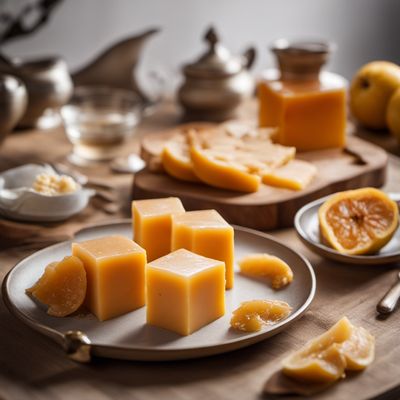
Quince cheese
The Golden Jewel of Preserves
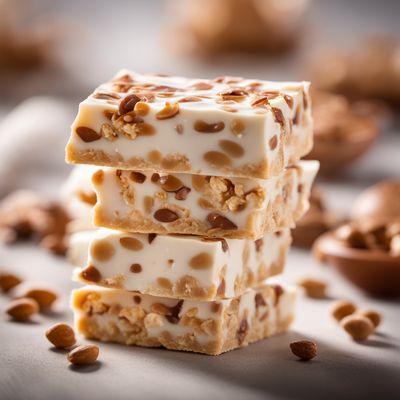
Nougat
The Sweet Delight of Nougat
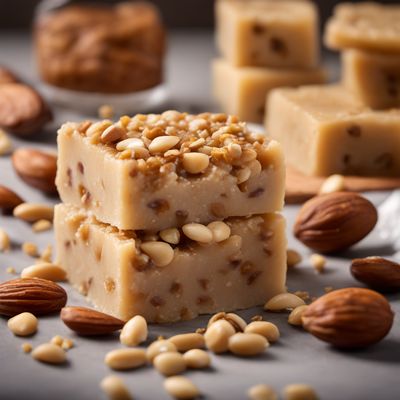
Nuts-seeds based halva
A Nutty Delight: Unveiling the Richness of Nuts and Seeds Halva
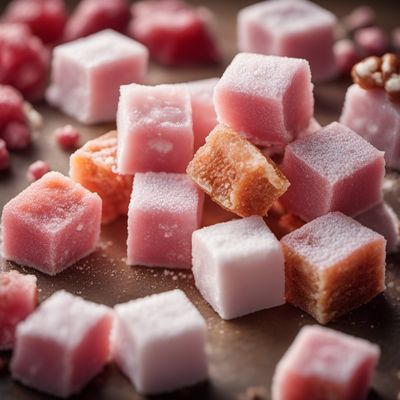
Loukoumi
"The Sweet Delight: Exploring the World of Loukoumi"
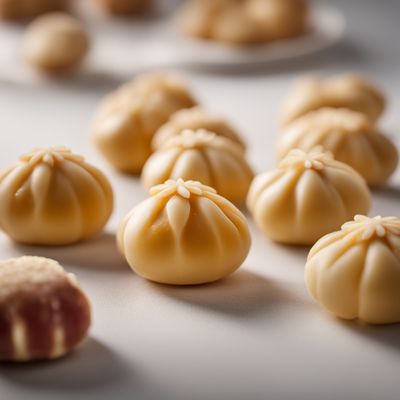
Marzipan
The Sweet Almond Confection